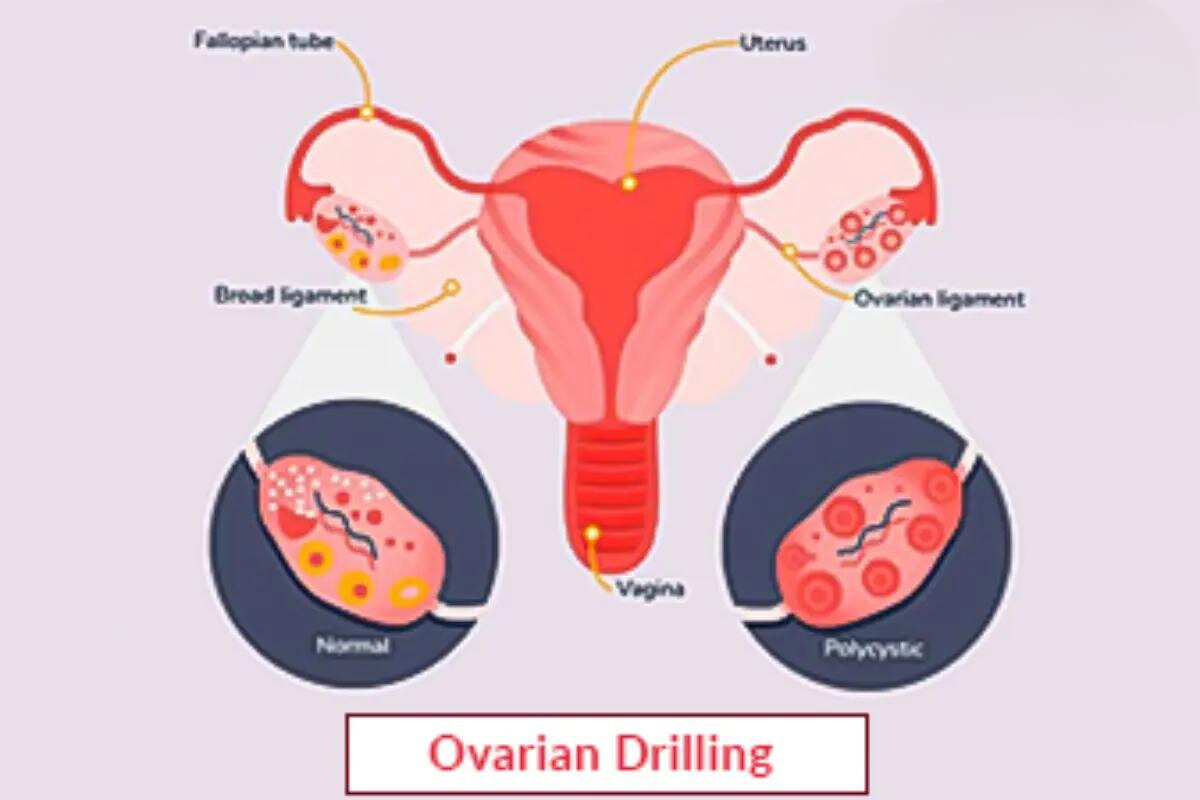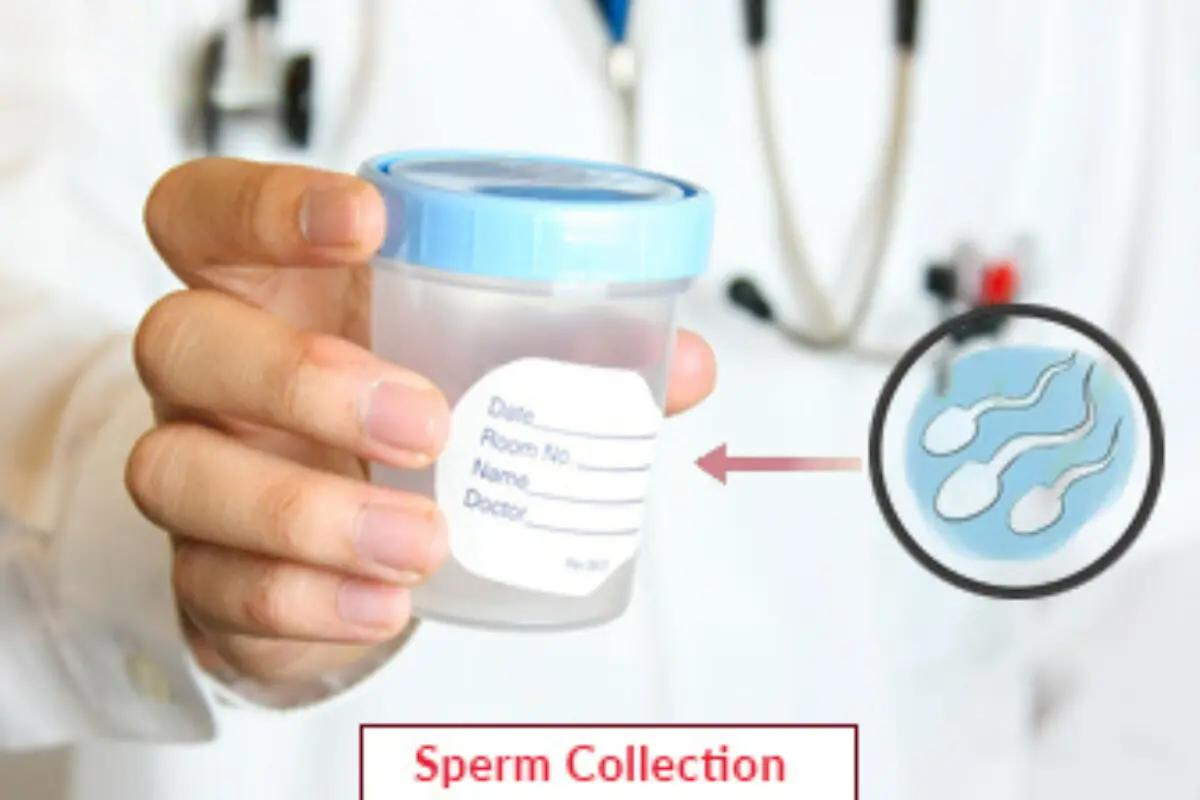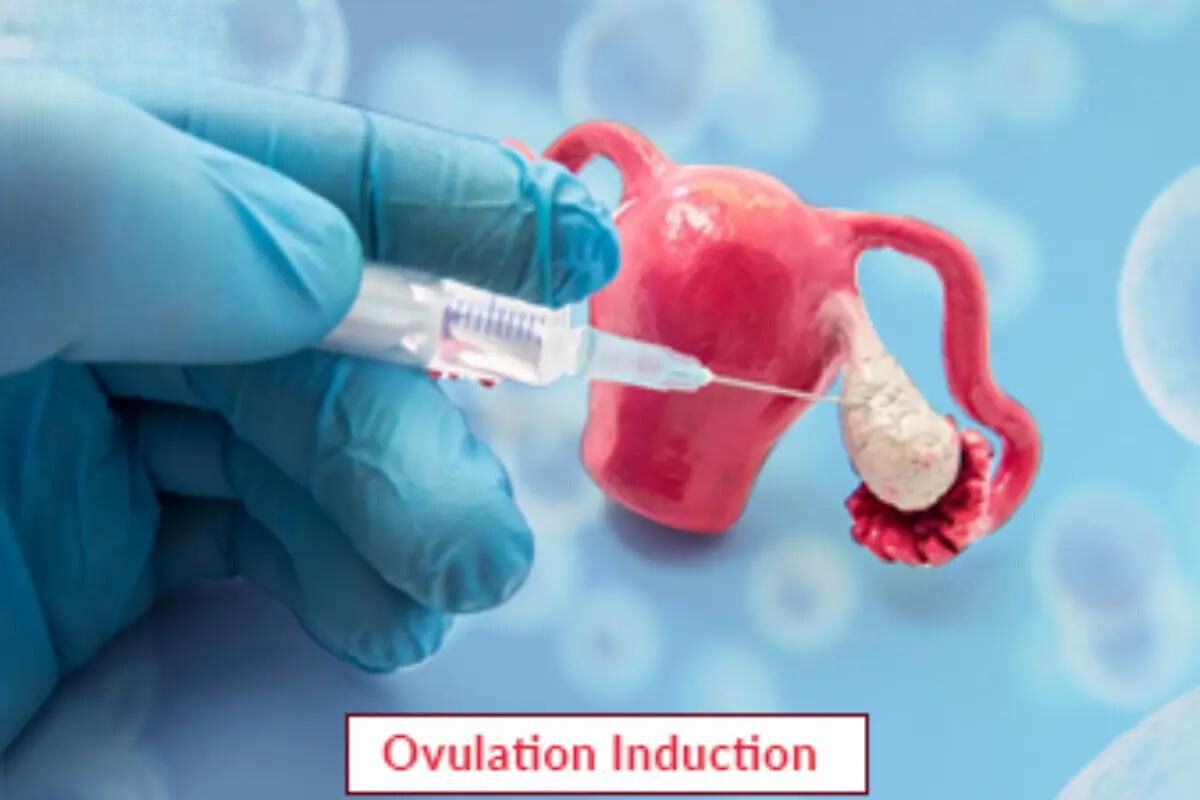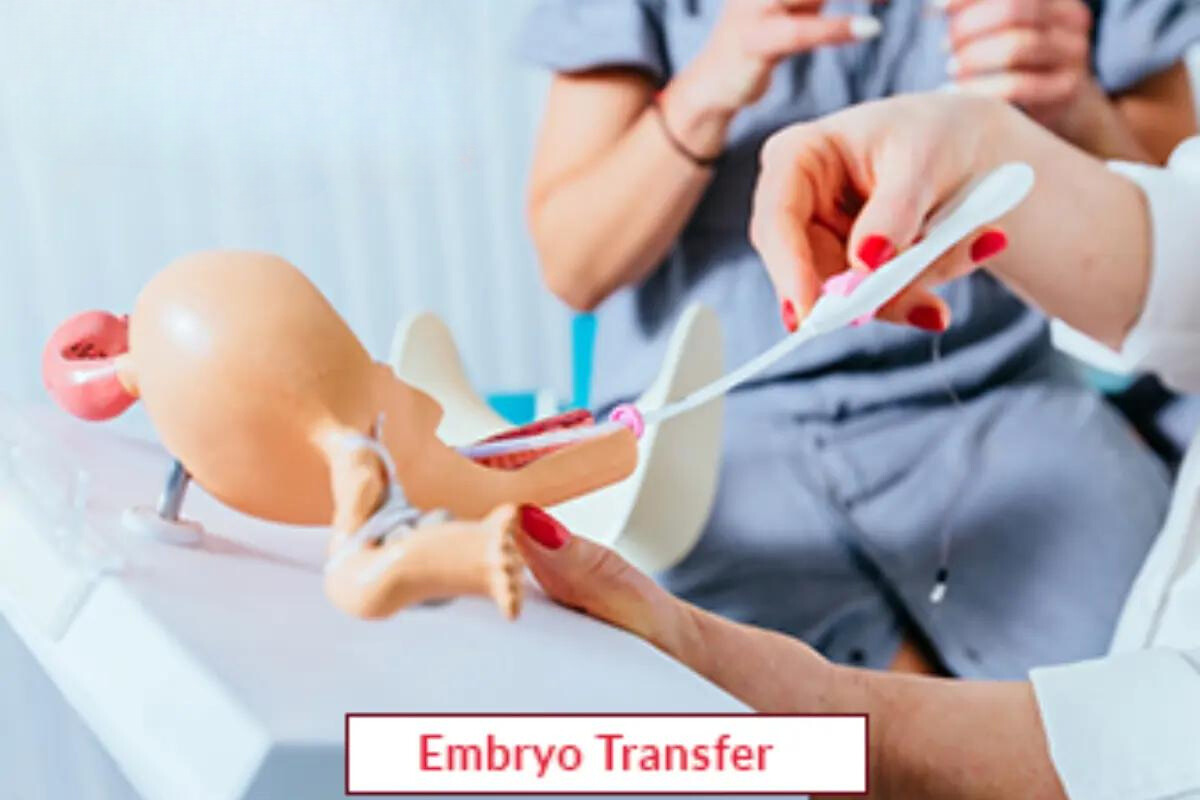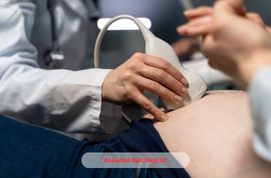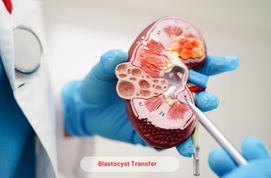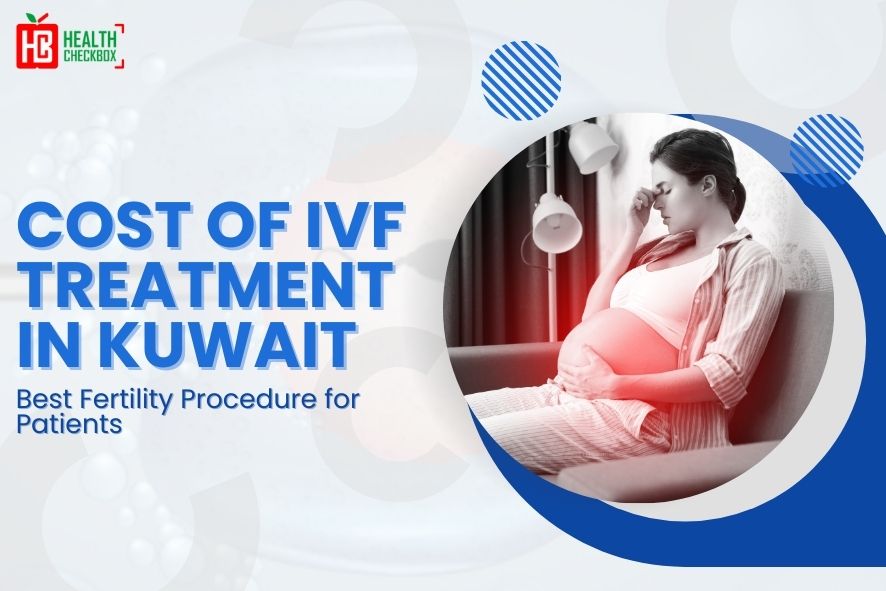Polycystic ovary syndrome is a hormonal problem that occurs due to the excessive hormones in the ovaries. This problem is common and can affect women between the age of 15 and 44 years. It can cause symptoms such as excess body hair, irregular periods, etc. Its best surgical method is laparoscopic ovarian drilling. This procedure triggers ovulation in women and can be performed through a laparoscopy with a general anesthesia. It is often used as a second line treatment when other medical treatments associated with polycystic ovary syndrome fail. This surgery is cost-effective and can be recommended as a safe procedure for women.
Why is Laparoscopic Ovarian Drilling Surgery Essential for Patients?
A healthcare professional recommended this surgery for the treatment of various conditions. These are as follows:
- Ovarian Hyperstimulation Syndrome
- Unexplained Infertility
- Hyperandrogenism
- Polycystic Ovary Syndrome
- Hormonal Imbalance
- Ovarian Resistance
- Anovulation and Infertility
- Polycystic Ovarian Morphology
- Failed Ovulation Induction
Benefits of Laparoscopic Ovarian Drilling
The advantages of this surgical approach are as follows:
- It restores ovulation, which increases the chances of pregnancy.
- The androgen levels are lowered from this surgery, which improves hyperandrogenism symptoms in female patients.
- It is a minimally invasive surgery that allows a patient to recover easily.
- The menstrual cycles become more regular after this surgical procedure.
- This surgery is less expensive as compared to other treatments.
Risks and Complications of LOD Treatment
This surgical procedure leads to several complications, as do other treatment methods. These include the following:
- Heavy vaginal bleeding
- Injury to the bladder or bowel
- Scar tissue or Adhesions
- Infection
- Ectopic pregnancy
- Persistent pain or cramping
- Premature ovarian failure
Laparoscopic Ovarian Drilling Treatment
Before Procedure
The following things that can happen before the surgical procedure:
- A doctor will review the medical history, and the symptoms can be discussed in the healthcare department.
- Some preoperative testing, such as ultrasound, ovarian reserve tests, etc, might be performed before the surgical procedure.
- Women are suggested to avoid eating or drinking for 6 to 8 hours since the serious problems might occur in their stomach during general anesthesia.
- The medications such as aspirin, blood thinners, etc, must be prohibited, and the regular medicines will be discussed with a relevant doctor.
- A mild laxative or enema tool will be used for bowel preparation.
- Let the doctor know about the medication that is taken by a patient for pain management.
During Procedure
The steps that are followed during the surgery are as follows:
- General anesthesia will be provided to the female patients, and a surgeon inserts a breathing tube to keep the airway open. It is helpful for ventilation during the surgical procedure.
- The abdomen gets cleaned and sterilized the minimize infection risks.
- The different small incisions are created near the abdominal area, and a laparoscope and other surgical instruments in it.
- The space is created when the abdomen is inflated with carbon dioxide. This helps a surgeon to access the pelvic organs clearly.
- A magnified view of the reproductive organs is provided through a laparoscope instrument in which a surgeon is able to assess the ovaries and its surrounding structures.
- The small holes are created through an electrocautery needle or laser in the thick outer layer of each ovary. This minimizes the production of male hormones and promotes regular ovulation in women.
- A surgeon might address the pelvic adhesions, cysts, and other issues if they are found during the surgical procedure.
After the surgery is completed, the surgical instruments and laparoscope are removed from the abdominal area, and the incisions are then closed with adhesive strips, surgical glue, or dissolvable stitches. A bandage might also be applied to protect an incision.
After Procedure
- A patient will be taken into a recovery room for the identification of oxygen levels, heart rate, and blood pressure. Some women might experience abdominal pain or discomfort at the incision sites. In this case, the painkiller medicines are being given to them.
- The female patients experience mild cramping or bloating, which occurs in the abdomen through the carbon dioxide gas. Some of them may suffer from shoulder pain, which irritates the diaphragm. It is a mild problem that lasts for one or two days.
- Strenuous activities and lifting heavy objects must be prohibited for 1 or 2 weeks. It is because the small incisions are involved during the surgery, and it will take time for proper recovery.
- A doctor recommends that women drink water and follow a balanced diet with proper nutrition after the surgery. Many female patients have recovered within 2 or 4 weeks. Some of them return to work or resume their normal activities for 5 or 7 days.
Latest Health Tips
IVF Treatment Cost in Tanzania
Affordable IVF Treatment in Nigeria: Cost, Factors, and Reputed Hospitals
Cost of IVF Treatment in Ethiopia: An Overview
IVF Treatment Cost in Ghana
IVF Treatment in Saudi Arabia: Cost, Risk and Benefits
Cost of IVF Treatment in Kuwait: Best Fertility Procedure for Patients
IVF Treatment Cost in Qatar
IVF Treatment Cost in Oman
Submit Your Enquiry
Testimonials








